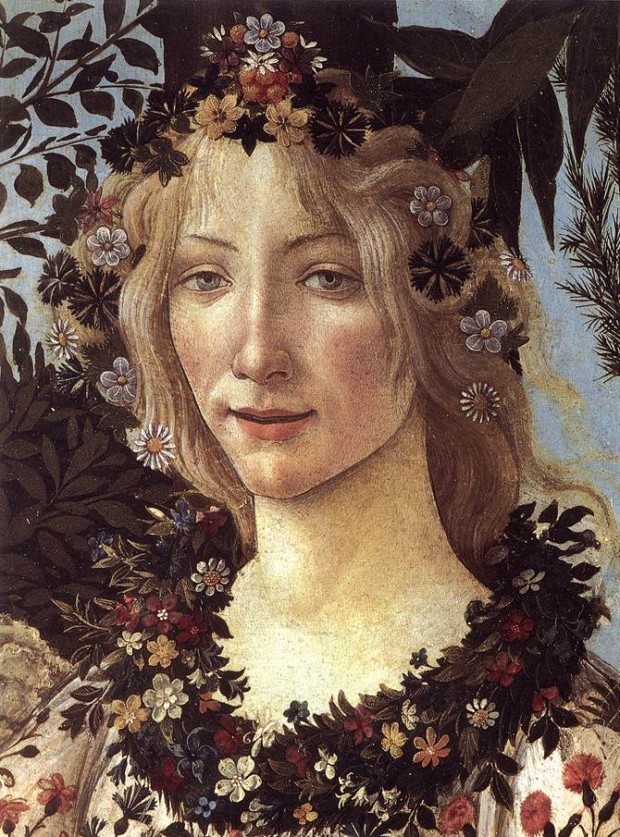5 Facts about the Counter-Reformation in Art You Need to Know
The Counter-Reformation was the Catholic Church’s response to the Protestant Reformation spreading through Europe during the Renaissance.
Anna Ingram 5 December 2024
La Primavera by Sandro Botticelli is one of the most famous paintings of the Renaissance. Its fame rests not just on its visual appeal, but on the tangled story behind it and its unfathomable symbolism. Here are seven facts you may not know about this great masterpiece.
La Primavera is the Italian title of this renowned masterpiece, although it is also known as The Allegory of Spring. It was commissioned by Lorenzo di Pierfrancesco de’ Medici, a cousin of the famous Lorenzo the Magnificent, both coming from a powerful Florentine banking family.


As it was often suggested, Lorenzo di Pierfrancesco might have been the model for Mercury. The sitter for Flora on the other hand, could be Di Pierfrancesco’s bride Semiramide.

Some researchers claim that the model for Venus was Simonetta Vespucci. She was thought to be the most beautiful woman who lived then in Florence. She was the wife of Marco Vespucci and perhaps the mistress of Giuliano de’ Medici (who is also sometimes believed to be the model for Mercury).

There is one concept that seems to be quite sensible. According to it, the painting presents the realm of Venus, sung by the ancient poets (Ovid, Lucretius) and by the famous Medici scholar Poliziano. On the right we see the blue-faced Zephyrus who chases Chloris and fecundates her with a breath. She then turns into Flora (Spring goddess), the elegant woman scattering her flowers over the world. In the centre stands Venus, representing the “Humanitas” (the benevolence), which protects men. The left part of the painting depicts the dance of three Graces and Mercury dissipating the clouds.
Yes, you read that right. It was first called La Primavera by Giorgio Vasari, the famous art historian, who saw it at Villa Castello, just outside Florence, in 1550.

Especially the meadow is very naturalistically depicted. There are hundreds of real types of flowers there!
All the details, symmetry, colors, and motifs make Primavera similar to Flemish tapestries that were popular at the time. It wouldn’t be weird, as the Medicis were a very powerful family and they had some connections with the Netherlands.
DailyArt Magazine needs your support. Every contribution, however big or small, is very valuable for our future. Thanks to it, we will be able to sustain and grow the Magazine. Thank you for your help!